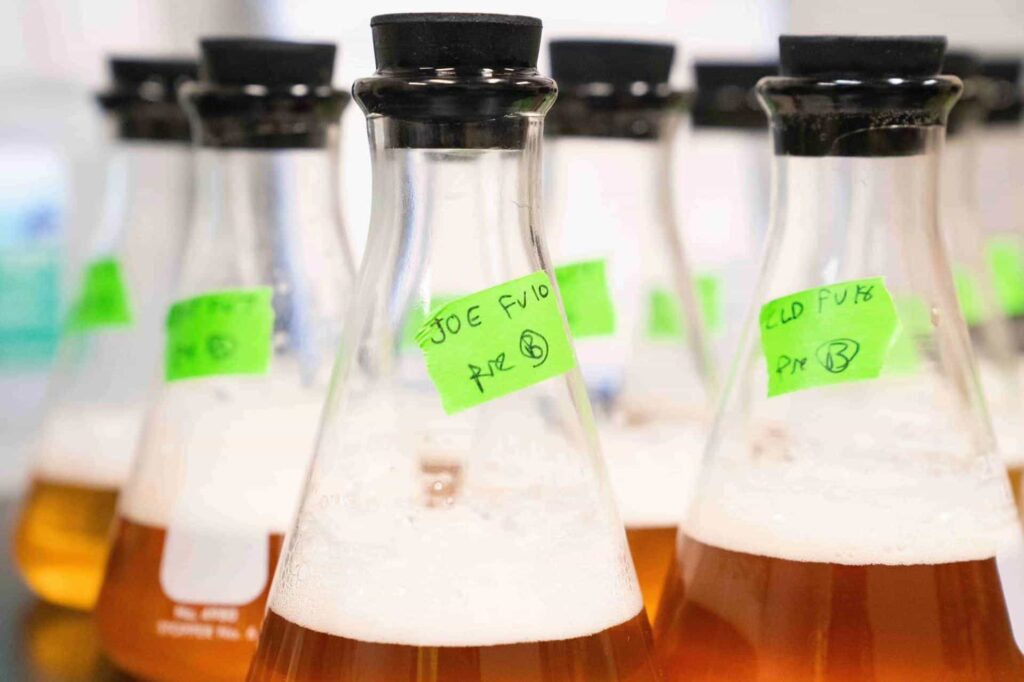Removing sticky labels from glass bottles and jars can often feel like a daunting task. Whether you’re a homebrew enthusiast, a DIY decorator, or someone involved in the recycling and repurposing of glass containers, the struggle is real. In this article, we’ll explore various effective methods to tackle this sticky situation, ensuring your glass bottles and jars are left pristine and label-free.
Table of Contents
ToggleCONTENTS LIST
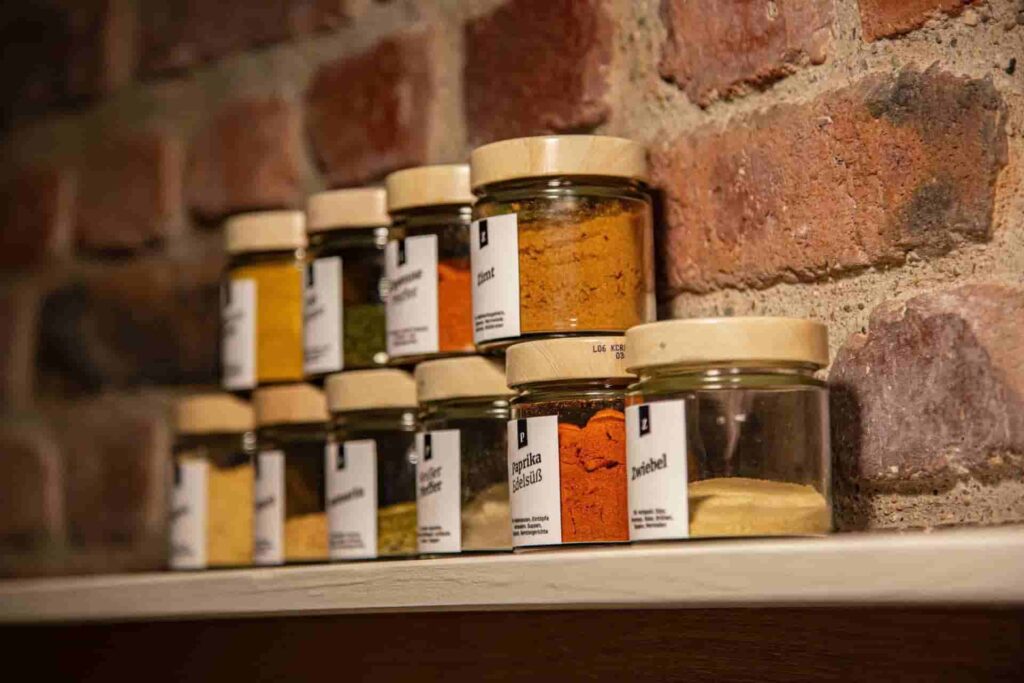
Section 1 Understanding the Adhesive on Glass Containers
1.1 Types of Adhesives Used on Labels
Adhesives on glass containers come in various formulations, each with its own set of properties and removal challenges. The most common types are:
○ Water-Based Adhesives
These are typically made from compounds like acrylics or rubbers dissolved in a water solution. They are eco-friendly and, due to their solubility in water, are generally easier to remove. Labels with water-based adhesives are often used for products that aren’t exposed to moisture or harsh environments.
○ Oil-Based Adhesives
Known for their durability, oil-based adhesives are composed of oils or solvents. These adhesives are resistant to water, making them ideal for products that might be stored in damp environments or refrigerated. However, this moisture resistance also makes the labels more challenging to remove.
○ Synthetic Adhesives
These include a variety of chemically engineered adhesives, such as polyethylene or silicone-based adhesives. They provide a very strong bond and are resistant to both water and temperature fluctuations. Synthetic adhesives are often used in products that require a long-lasting label, but they can be particularly tough to remove.
○ Environmentally-Friendly Adhesives
As sustainability becomes a more prominent concern, some manufacturers are moving towards adhesives made from natural materials like starches or cellulose. These adhesives aim to offer a balance between sufficient stickiness and easier removal, often degrading more readily in the environment.

1.2 Why Some Labels are Harder to Remove
The challenge of removing labels from glass containers isn’t just about the type of adhesive. Several other factors play a crucial role:
○ Age of the Label
Over time, adhesives can undergo chemical changes, especially if exposed to sunlight or varying temperatures. Older labels might become more firmly attached or their adhesive more brittle, leading to a residue when the label is peeled.
○ Exposure to Elements
Labels on containers stored outside or in areas with fluctuating temperatures can experience ‘curing’ of the adhesive, a process where the adhesive becomes tougher and more resistant to removal. Exposure to direct sunlight can also cause adhesives to harden and degrade the paper of the label, making clean removal more difficult.
○ Adhesive Quantity and Spread
The amount of adhesive used and how evenly it’s spread on the label can affect removal. Uneven application can lead to areas that are more strongly bonded and harder to remove without leaving residue.
○ Surface Texture of the Glass
The texture of the glass surface itself can influence label removal. Smooth surfaces allow for easier removal, while textured or embossed glass surfaces can cause the adhesive to grip more strongly, complicating the removal process.
○ Label Material
The material of the label itself, whether it’s paper, plastic, or a synthetic blend, also impacts removal. Some materials may tear more easily when being removed, leaving pieces of the label and adhesive behind.
Understanding these aspects of adhesives and labels is the first step in choosing the right method for their removal, ensuring your glass bottles and jars can be reused efficiently and sustainably.
Section 2 Pre-Removal Steps for Effective Label Removal
2.1 Preparing the Glass Bottle or Jar
Before attempting to remove any labels, it’s essential to prepare the glass surface to ensure a smooth and effective process. Here are the steps:
○ Rinse and Clean: Start by rinsing the bottle or jar with warm water. This initial rinse helps to remove any loose debris or residue on the surface.
○ Thorough Cleaning: Using a mild detergent or dish soap, clean the glass surface thoroughly. Pay special attention to areas around the label, as residual oils or dirt can interfere with the label removal process. Use a soft sponge or cloth to avoid scratching the glass.
○ Drying the Surface: After cleaning, dry the container completely. A dry surface is crucial, especially if you’re planning to use heat or oil-based methods for label removal. Water residue can interfere with these methods, making them less effective.
○ Inspecting the Container: Examine the bottle or jar for any cracks or damage. This is important as applying heat or using abrasive materials on damaged glass can lead to breakage.
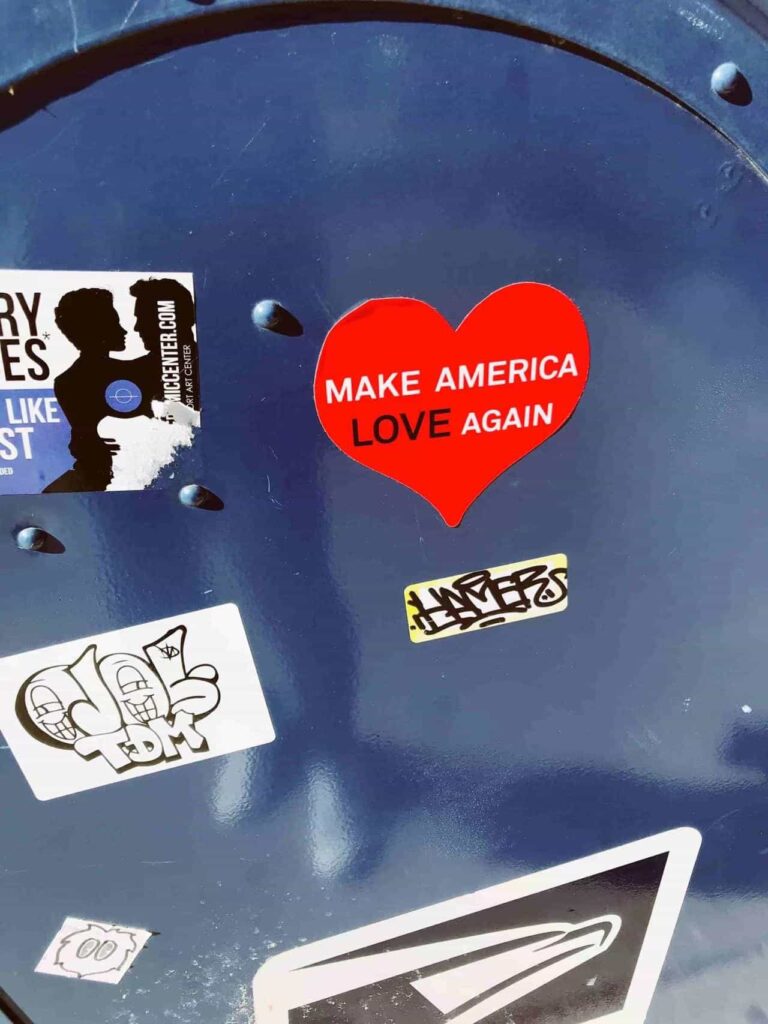
2.2 Tools and Materials Needed
Having the right tools at hand can make the label-removal process much more efficient. Here are some common household items and their uses:
○ Dish Soap: An essential item for both cleaning the glass and the soaking method of label removal.
○ Sponges and Cloths: Soft sponges or cloths are necessary for cleaning. For tougher adhesives, you might need a non-abrasive scrubber.
○ Plastic Scrapers or Putty Knives: Useful for gently scraping off labels after soaking. These tools are less likely to scratch the glass compared to metal scrapers.
○ Hairdryer: A hairdryer can be a handy tool for applying heat to the label, making the adhesive easier to remove.
○ Rubber Gloves: If you’re using any chemical solvents or just want to protect your hands during prolonged soaking, rubber gloves are recommended.
○ Tweezers or Needle-Nose Pliers: These can help pick at and remove small pieces of label or adhesive that are stubborn.
○ Container for Soaking: If you choose to soak the labels, have a container large enough to fully submerge your bottles or jars.
By preparing your glass containers properly and gathering these tools, you’re setting the stage for a successful and hassle-free label removal process.
Section 3 Methods for Removing Sticky Labels
▶ Soaking Method
This method is particularly effective for water-based adhesives and is gentle on the glass.
○ Prepare the Solution: Fill a sink, basin, or large container with hot, soapy water. The temperature of the water is key – warmer water helps soften the adhesive more effectively. You can use regular dish soap, which is gentle on most surfaces.
○ Submerge the Container: Place the glass bottle or jar in the soapy water, ensuring it’s fully submerged. For bottles, you can fill the inside with water to keep them submerged.
○ Soaking Time: Let the container soak for 30 minutes to an hour. The soaking time may vary depending on the strength of the adhesive. Some labels may require longer soaking.
○ Peeling Off the Label: After soaking, try to gently peel off the label. Start from a corner and progress slowly to avoid tearing.
○ Removing Residual Adhesive: For any remaining adhesive, use a sponge or a non-abrasive scraper. A gentle circular motion can be effective for loosening and removing residue.
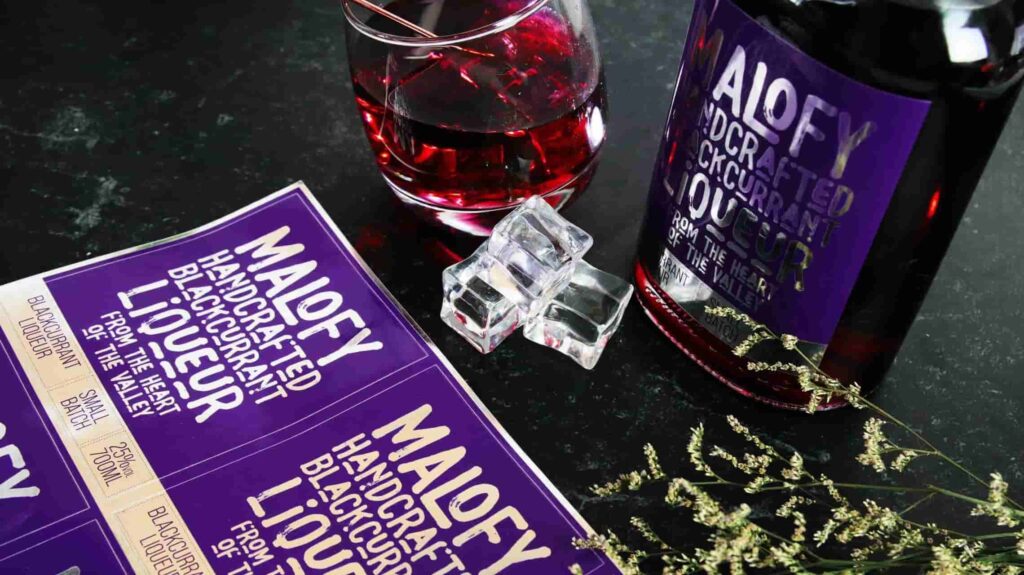
▶ Heat Application
Heat is a great way to loosen adhesives, especially oil-based or synthetic types.
○ Applying Heat: Use a hairdryer on a medium to high setting. Hold it a few inches away from the label and evenly apply heat. Move the hairdryer back and forth to avoid overheating any area.
○ Duration: Continue heating for a few minutes. You’ll notice the label starting to lift or bubble, indicating the adhesive is loosening.
○ Peeling the Label: Once the label is sufficiently heated, start peeling it off. If the label doesn’t come off easily, apply more heat or try a different method.
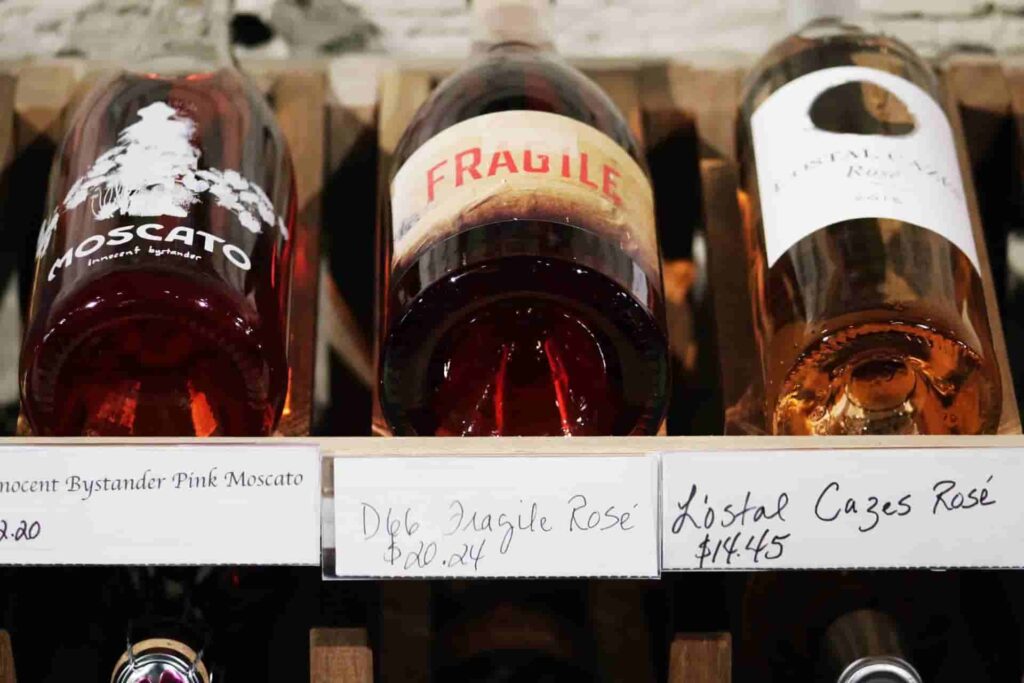
▶ Oil-Based Solutions
Oil-based solutions work well for dissolving stubborn adhesives.
○ Application: Apply cooking oil, mineral oil, or an oil-based product like WD-40 directly onto the label. Ensure the label is fully coated.
○ Let It Sit: Allow the oil to penetrate the adhesive for several minutes. For tougher adhesives, you might need to let it sit longer.
○ Scraping Off the Label: Use a plastic scraper or your fingernails to gently remove the label. The oil should have weakened the adhesive, making this process easier.
▶ Commercial Removers
Commercial label removers are formulated to tackle a wide range of adhesives.
○ Choosing a Remover: Select a product specifically designed for label removal. These products often contain solvents or other chemicals that break down adhesives quickly.
○ Application: Follow the manufacturer’s instructions. Typically, you’ll spray or apply the remover onto the label, let it sit, and then wipe or scrape it away.
○ Safety Precautions: When using commercial removers, work in a well-ventilated area and consider wearing gloves, as some removers can be harsh on the skin.
Each of these methods has its strengths, and the effectiveness can vary depending on the type of label and adhesive. In some cases, you may need to try more than one method to achieve complete removal.
Section 4 Tips for Avoiding Damage to Glass Surfaces
○ Gentle Removal Techniques: Always use gentle, non-abrasive methods to avoid scratching the glass. Soaking and oil-based methods are usually the safest.
○ Testing on a Small Area: Before applying any method, test it on a small, inconspicuous area of the glass to ensure it doesn’t cause damage.
Section 5 Environmental Considerations and Safety Tips
○ Eco-friendly Methods: Consider using natural products like vinegar or baking soda, which are effective and environmentally friendly.
○ Safety Precautions: When using chemical removers, ensure proper ventilation and wear gloves to protect your skin.
Conclusion
Removing sticky labels from glass jars and bottles should be easy with these tips. It is important to note that every label removal task may be different, and it might require a mixture of methods. You are encouraged to try these techniques out to see which one works best for you. Your feedback and success stories are valuable to us. Share your experiences with us to help refine our recommendations and create a knowledge-sharing community. Together, we will find even more eco-friendly solutions to this challenge. Do not hesitate to tell us about your experiences in removing labels. Let’s turn this seemingly monotonous task into an opportunity to innovate and build community.
For more tips on glass bottle care and creative uses for your glass containers, visit our blog.
